A harmonious and happy young family in Huong Hoa - Photo: TCL
Since the implementation of Project 8, the Women's Union at all levels in the province has established, operated and maintained 54 models of community-based cooperatives in all villages and hamlets of 2 mountainous districts: Huong Hoa, Dakrong and 3 districts with mountainous communes: Vinh Linh, Gio Linh and Cam Lo.
The Executive Board of 54 DCTCCĐ has disseminated 121 sessions to 7,220 people about local issues through various forms such as: dissemination of DCTCCĐ; prevention and control of domestic violence (DV); prevention and control of gender-based DV through communication with leaflets, billboards, posters; integrating content into village meetings; small group communication; talking and mobilizing people to change their thinking and working style, develop the economy, improve material and spiritual life as well as eliminate gender prejudices and stereotypes in families and communities, bad customs... At the same time, actively monitor and grasp the lives, thoughts and aspirations of people in general, women and girls in particular.
Coming into operation in 2023, the model of the Community-based Action Plan of Ta Rut 3 village, Ta Rut commune, Dakrong district was chosen as a pilot model of the province, directed, guided and supported by the Provincial Women's Union. Right from its establishment, meetings were held to establish the executive board, the head of the Community-based Action Plan, develop regulations and assign members to be in charge of groups and teams.
These are also the main members of the mediation teams and the local anti-domestic violence teams and groups. The 10 key members of the model are responsible for regularly monitoring the security and order situation, especially domestic violence, to promptly visit, advise, propagate, and mobilize households not to violate the law, not to commit domestic violence, and to build happy families.
Secretary of the Party Cell, Head of Ta Rut 3 Village, also the Chairman of the Community Support Center, Ho Van Om, said: “The Executive Board of the Community Support Center in Ta Rut 3 Village has determined that the mission of the model is not only to support victims of violence through providing temporary shelter, first aid, referral and psychological stabilization for victims of violence, but also to support and connect victims of violence to other social security services in the locality. In addition, we are also responsible for communicating about gender-based violence prevention and domestic violence prevention.
During the operation of the model, maintaining regular activities through meetings with the local management board is extremely necessary so that the activities of the DCTCCĐ can be updated, reported, and lessons learned during the operation process as well as the replication of the DCTCCĐ. Thanks to these practical activities, up to now, there has been no recorded case of domestic violence in the village. The DCTCCĐ has been effective in protecting women and vulnerable people in society from domestic violence, gradually preventing acts of violence, creating a peaceful, prosperous and happy living environment for the people in the village.
Not only do they act as a bridge for victims to access safe places and social security services, but the members of the executive board are also considered by victims to be the people they trust and are closest to, so that they can express and confide their feelings and share the chaotic emotional states they are facing. As an active member of the Women's Union of Ban Vay village, Tan Lap commune, Huong Hoa district, Ms. Hoang Thi Cam, Head of the Women's Union of the village, remembers every case of violence that she has helped.
Recalling the case of Ms. Ho Thi B. and Mr. Ho Van P., Ms. Cam said: “Ms. B. and her husband had a family conflict, quarreled and beat each other, the wife went to the owner of the DCTCCD and was very frightened. The victim was seriously injured, her face was bruised, my husband is a doctor so he bandaged the victim. I myself supported the victim in daily activities such as: bathing, washing, eating, resting... After recovering, I took Ms. B. home, met her husband, counseled and analyzed for the husband to understand clearly. After that, Ms. B. and her husband successfully reconciled, and now the couple is on good terms.”
That is just one of the cases that Ms. Cam has helped. According to her, the head of the DCTCCĐ is the first person to receive information about domestic violence cases from the victim or the community, not only responsible for protecting the victim's safety but also protecting the victim's information, avoiding revealing personal information to the outside, helping the victim feel safe and confident. Confidentiality is very important, because the victim is often afraid of retaliation or being ridiculed by many people.
Although domestic violence and gender-based violence have been partly prevented and stopped locally, most of the leaders of the DDCC said that they still lack resources and specialized knowledge in psychological support or legal expertise despite having been trained. Some activities and cases still lack coordination between functional agencies, making it difficult to completely handle the problem. To overcome these difficulties, there needs to be more investment in training and capacity building for members of the DDCC, while creating a closely linked support system between organizations and functional agencies.
Continue to replicate the model of the Community-based Violence Prevention and Control, especially in disadvantaged areas, with priority given to remote mountainous villages and border areas, contributing to reducing domestic violence, protecting the rights of vulnerable victims in society, and creating a healthy and safe living environment for women and children.
Tran Cat Linh
Source: https://baoquangtri.vn/diem-sang-tu-cac-mo-hinh-dia-chi-tin-cay-cong-dong-193147.htm


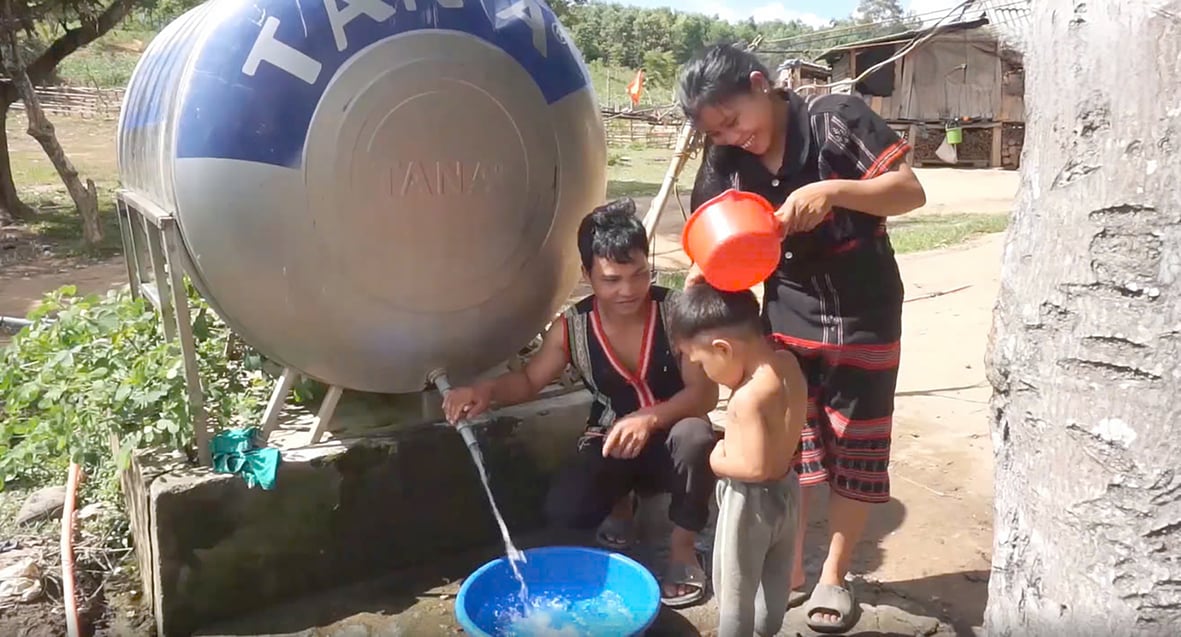
![[Photo] President Luong Cuong presided over the welcoming ceremony and held talks with Sri Lankan President Anura Kumara Dissanayaka](https://vstatic.vietnam.vn/vietnam/resource/IMAGE/2025/5/5/bbb34e48c0194f2e81f59748df3f21c7)




![[Photo] Solemn opening of the 9th Session, 15th National Assembly](https://vstatic.vietnam.vn/vietnam/resource/IMAGE/2025/5/5/ad3b9de4debc46efb4a0e04db0295ad8)
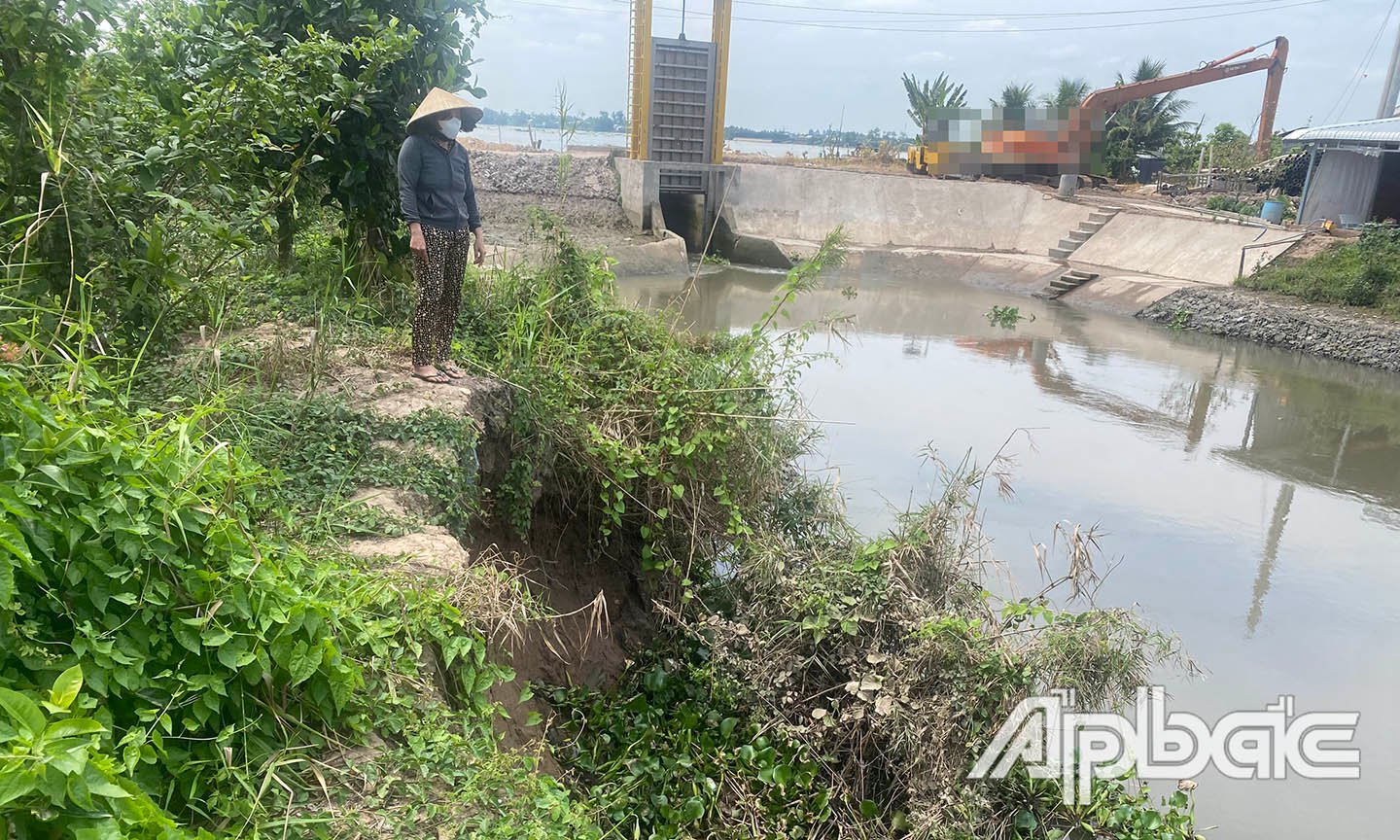














![[Photo] Bus station begins to get crowded welcoming people returning to the capital after 5 days of holiday](https://vstatic.vietnam.vn/vietnam/resource/IMAGE/2025/5/4/c3b37b336a0a450a983a0b09188c2fe6)
![[Photo] General Secretary To Lam receives Sri Lankan President Anura Kumara Dissanayaka](https://vstatic.vietnam.vn/vietnam/resource/IMAGE/2025/5/4/75feee4ea0c14825819a8b7ad25518d8)
![[Photo] National Assembly delegates visit President Ho Chi Minh's Mausoleum](https://vstatic.vietnam.vn/vietnam/resource/IMAGE/2025/5/5/9c1b8b0a0c264b84a43b60d30df48f75)


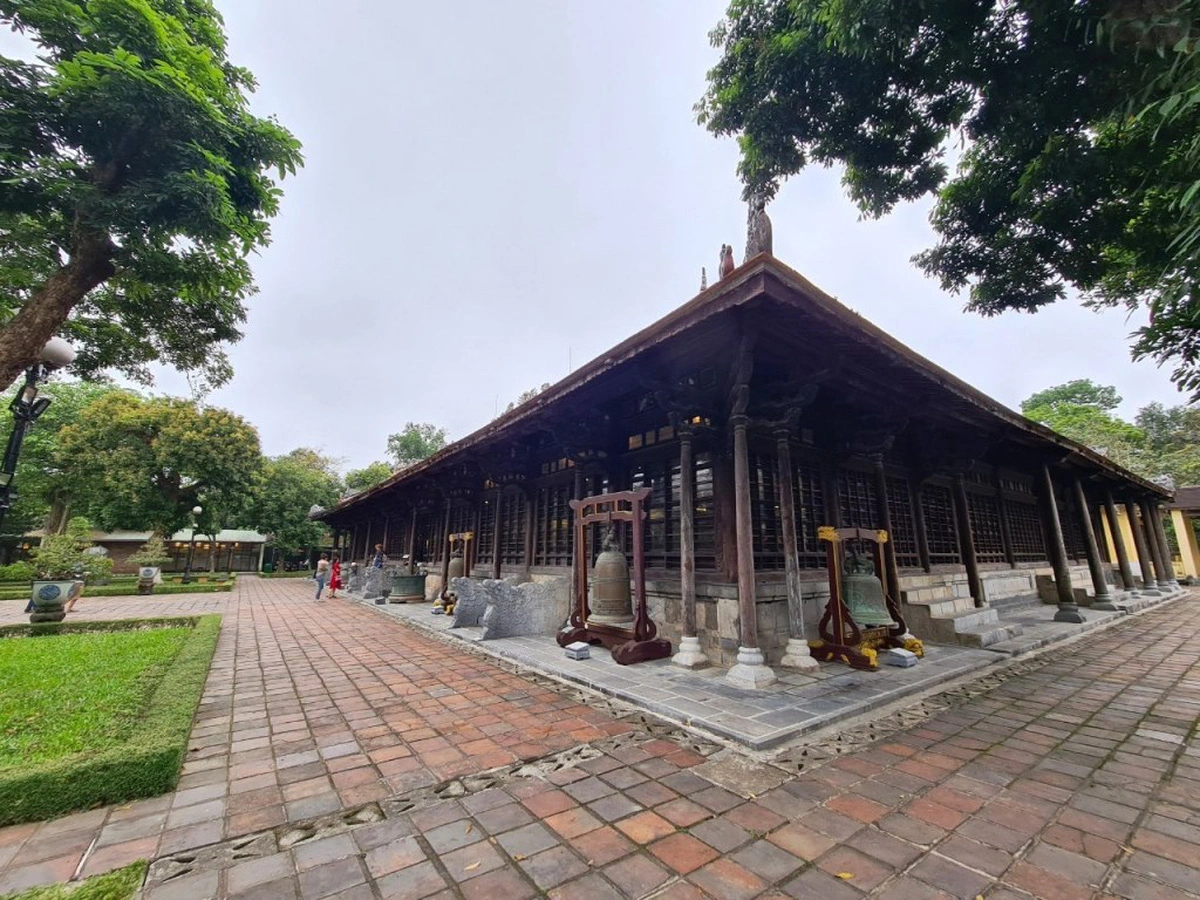




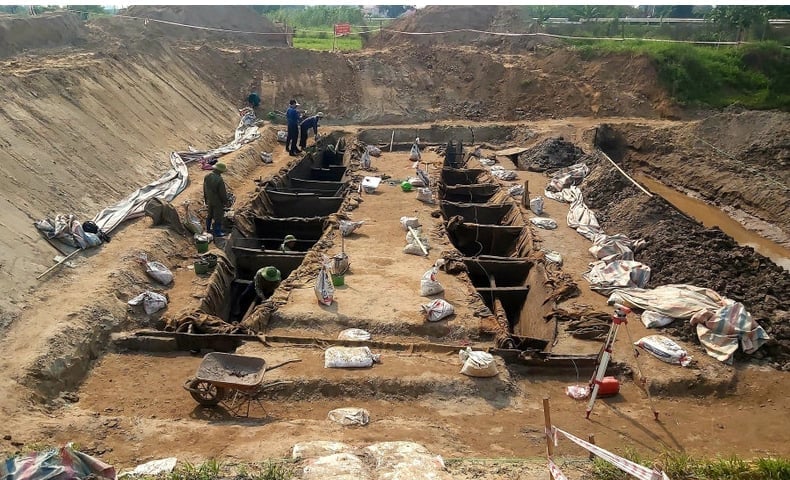





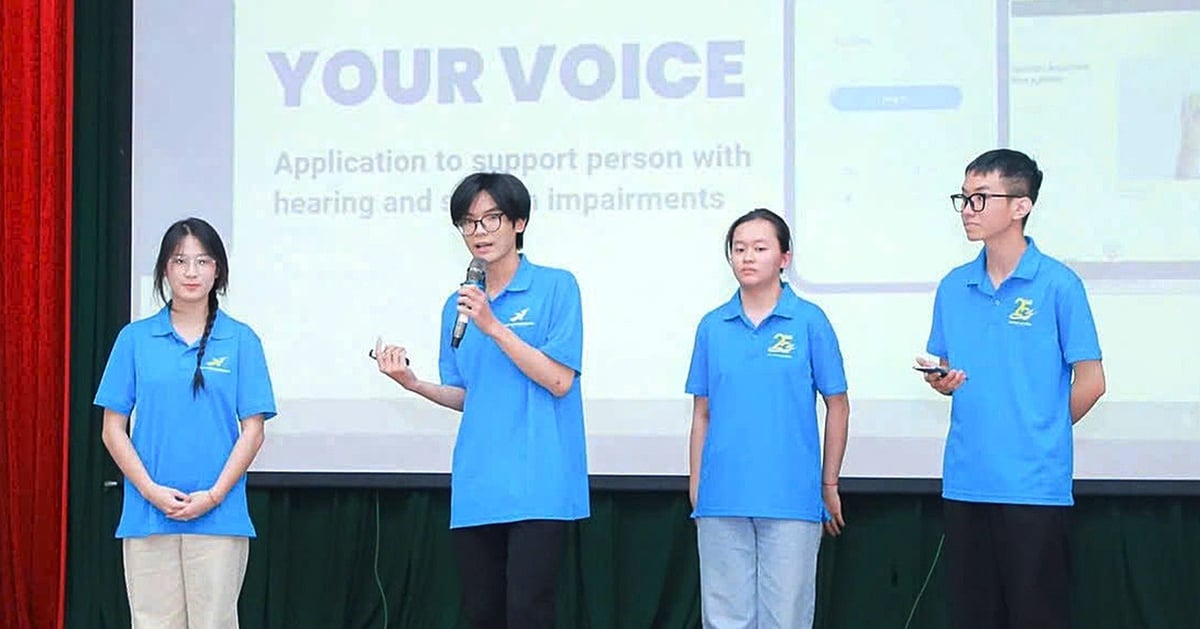


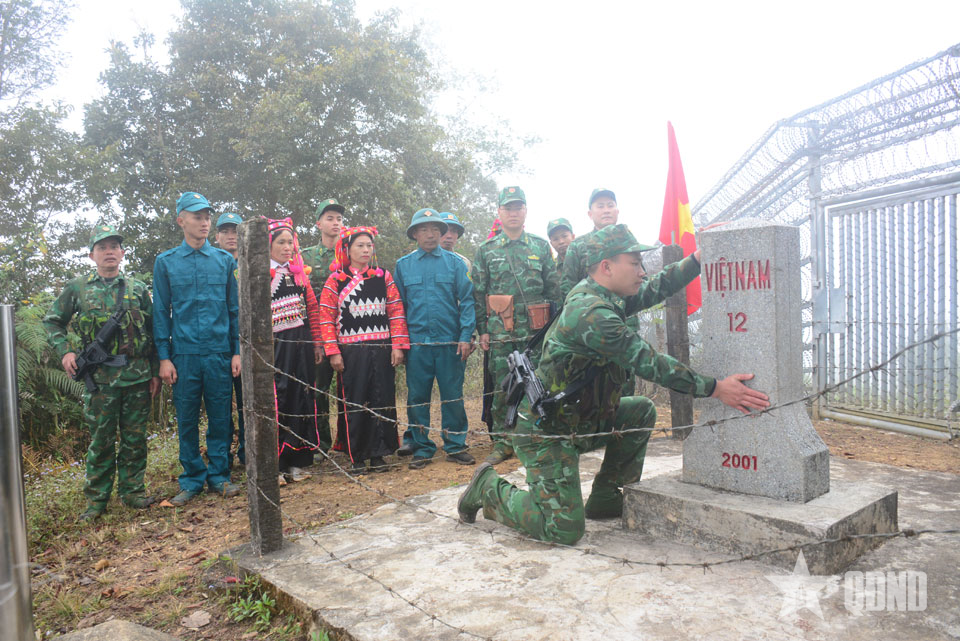



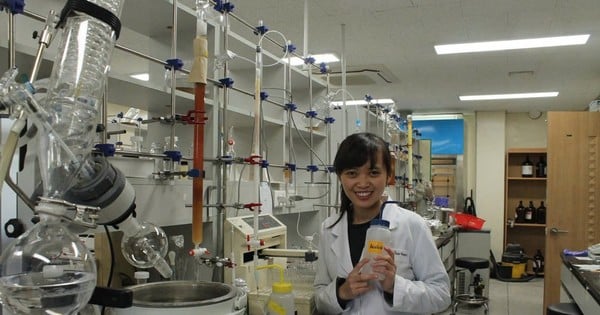











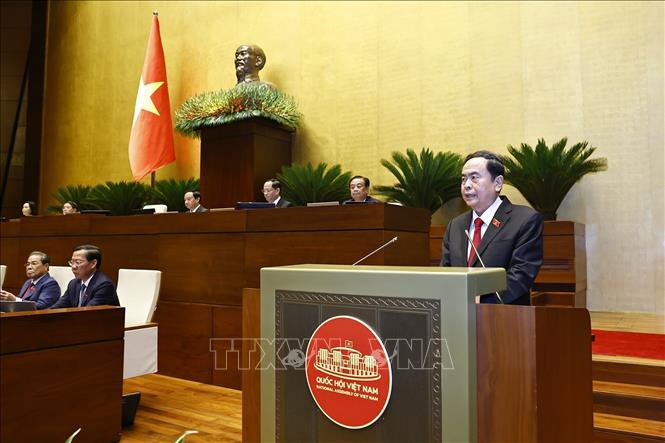



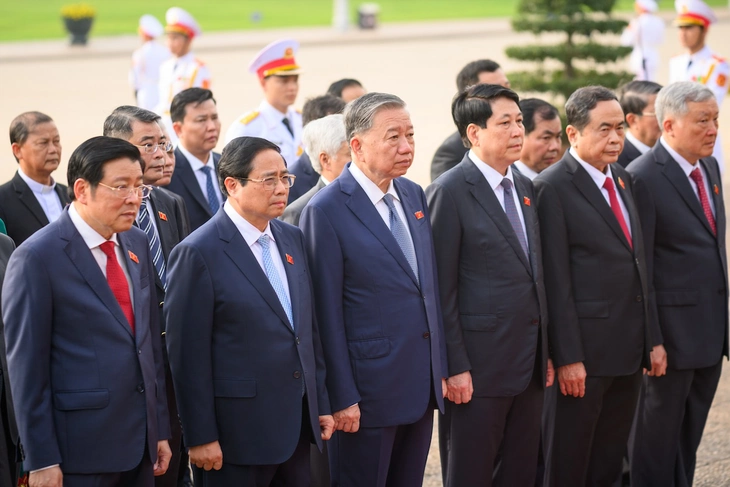
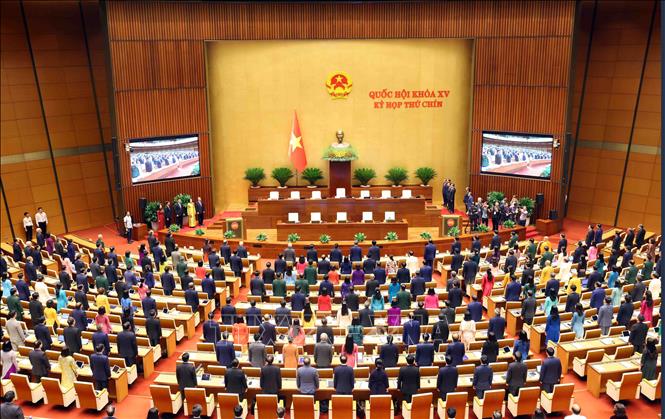

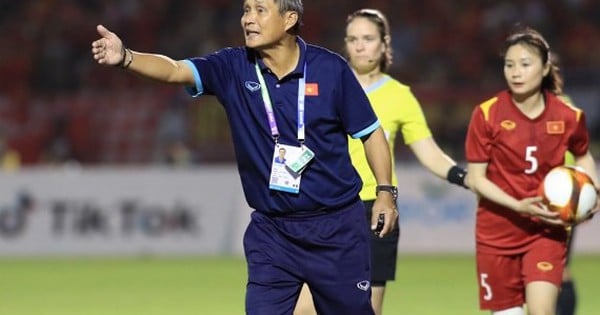























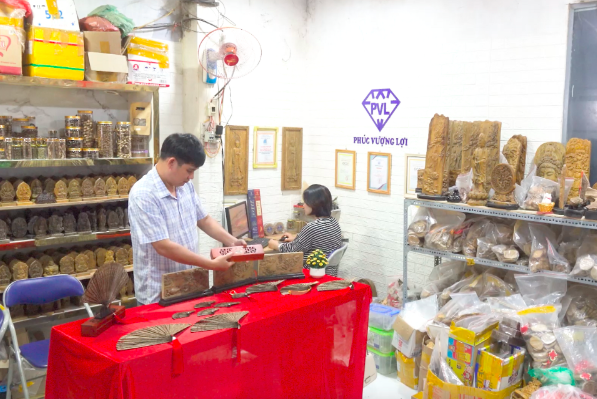



Comment (0)